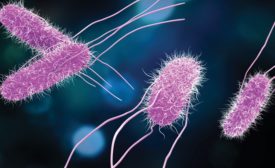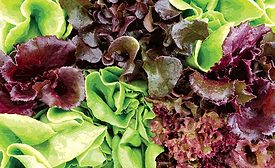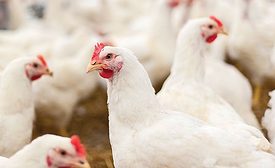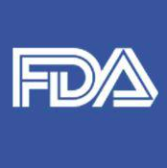Home » Publications » Food Safety Magazine
Our Publications
Please select a publication below.
Food Safety Magazine
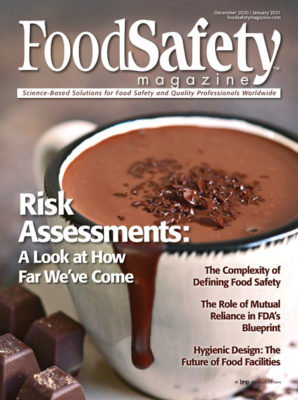
December 2020/January 2021
Cover Story
Back to TopOrigins, Current Status, and Future Challenges
Read More
Features
Back to TopRegulatory Report: Outbreak Investigations of Foodborne Illnesses Linked to Atypical Food-Pathogen Pairs
Lessons learned help drive future response and prevention efforts
January 14, 2021
Leveraging and Sharing Resources, Personnel, and Culture
Mutual reliance focuses on the integration of all food safety partners
January 15, 2021
Columns
Back to TopFood Safety Insights
Food Supply Chains and COVID-19: Impacts, Part 2
What changes are here to stay?
January 19, 2021
The Complexity of Defining Food Safety
Digging deeper into survey responses
January 15, 2021
You Can’t Change the Future by Always Looking at the Past
Ongoing food safety issues with leafy greens
January 15, 2021
Making Poultry Safe for Consumers and the Planet
Sanderson Farms examines the connection between food safety and sustainability efforts
January 15, 2021
Responding to FDA Letters
Tips on how to answer regulatory communications
January 15, 2021
Factory of the Future – Industry 4.0 and Hygienic Design
Technology poised to reduce risk for product and workers
January 14, 2021
Using Simulations to Identify and Characterize Food Safety Enterprise Risks
Savvy crisis management starts here
January 14, 2021
News
Back to TopNever miss the latest news and trends driving the food safety industry
eNewsletter | Website | eMagazine
JOIN TODAY!Copyright ©2024. All Rights Reserved BNP Media.
Design, CMS, Hosting & Web Development :: ePublishing

